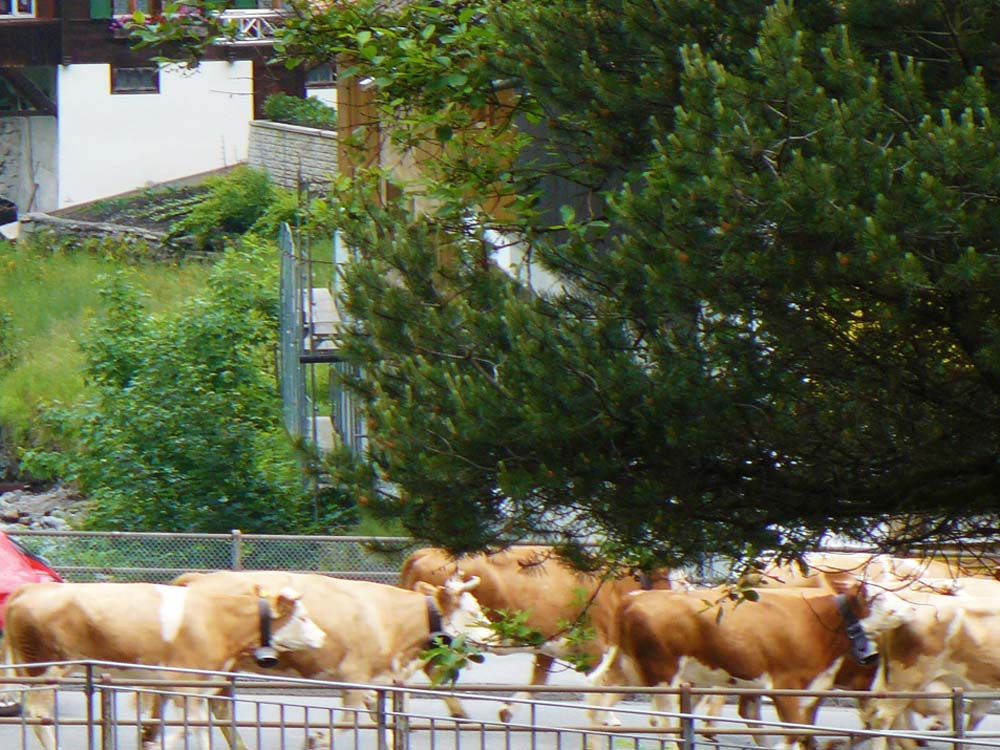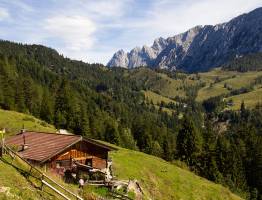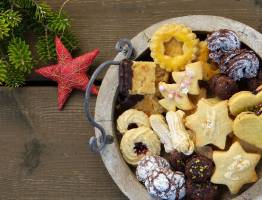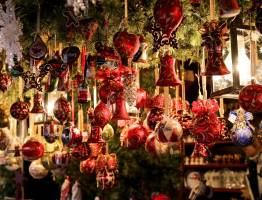The start of the alpine summer
At the end of spring, beginning of summer it's that time again: the almauftrieb. In May/June the alm summer begins and lasts about 100 days. This is actually when the holidays begin for the cows, horses, sheep and goats, who once again get to enjoy the delicious, tender, green grass of the various alpine pastures.
In contrast to the Almabtrieb, which is always a big party, the almauftrieb characterises itself more as a practical affair. The cattle only have to be brought up the mountain. In Austria these days, this is done more and more with livestock trucks that drive up to the alm. In Switzerland, cattle are still often brought into the mountains on foot.
Almauftrieb Austria
Not everywhere in Austria cattle are brought up the mountain with cattle wagons. In some villages, as in the past, the cattle walk to the alm on foot. While during almabtrieb the cattle come down in the afternoon, during almauftrieb the cattle are brought up as early as possible. After the cows have been fed and milked, the actual alpfahrt begins. The whole family then helps to bring the cattle safely along the valley roads. After all, you don't want any of the animals to go on a rampage and damage houses or cars. Once arrived at the trails leading into the mountains, the guidance of the animals can be scaled back. Often, however, everyone still goes with them to the alpine pasture to do the necessary work after breakfast.
Almauftrieb Switzerland
The almauftrieb on Engstligenalp is very spectacular. More than 500 head of cattle are herded here along paths past precipices and steep rock faces towards the alm. Within an hour, the herd climbs more than 600 altitude metres. In Appenzellland, the almauftrieb or alpaufzug is a real celebration. Very early on, before the work traffic gets going, a procession of animals sets off into the mountains. In front are the Appenzeller goats. These are restrained by children who walk in traditional costumes especially for the occasion. The goats are followed by the Senn. These are people who walk up in the unique Appenzeller Senn costume, yellow lederhosen and red jackets, with milk buckets on their shoulders. This is followed by the cattle; the cows and the calves. Then the bull and the horse pulling the lumber wagon (Ledi) up the hill. On this wagon are the tools that used to be used to make cheese and butter on the pasture. Finally, walking at the very back is the owner of the cattle. He is dressed in a brown robe.
Almauftrieb Germany
In the Berchtesgaden region, cows are also brought back to the alm for the summer. At the end of the Obersee, next to the famous Königssee lake, there is a small alm where cows also graze in the alm summer. However, these cows cannot easily be brought to this location. The cattle are therefore taken by cattle trucks to the village of Königssee, on the lake of the same name. From here, the cattle are transported via boats to the other side of the lake. This is a tricky job as all cows must remain calm so they do not jump off the boat into the water. Once they arrive on the other side of the Königssee, the procession continues on foot. Along the banks of the Obersee, the cattle are taken to their final destination, the Fischunkelalm. At this alm you can enjoy a great käsebrot with the Obersee as a backdrop. Would you like to attend an almauftrieb? Check the local tourist office to see if and when the almauftrieb takes place. You will have to get there early though, because before you know it the cows, horses, sheep and goats will be walking on the alms again. The time for enjoying the cow bells has begun.






